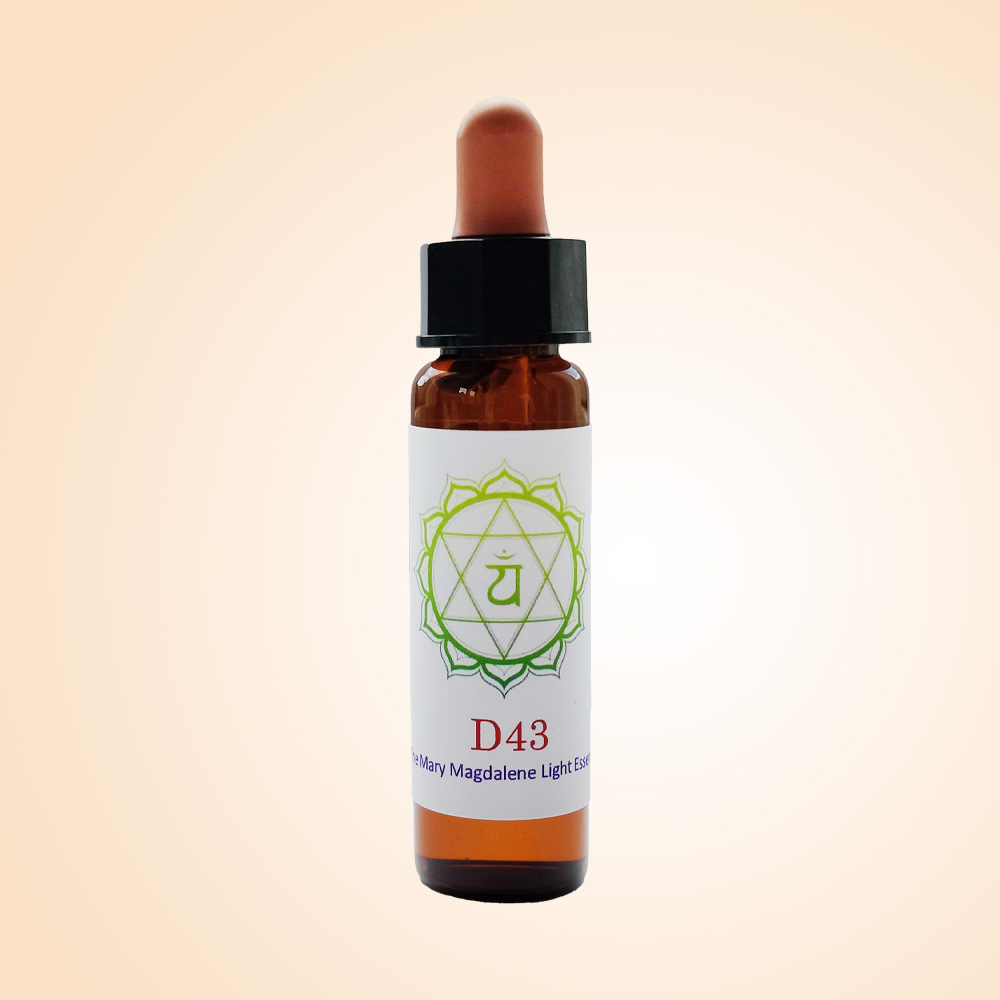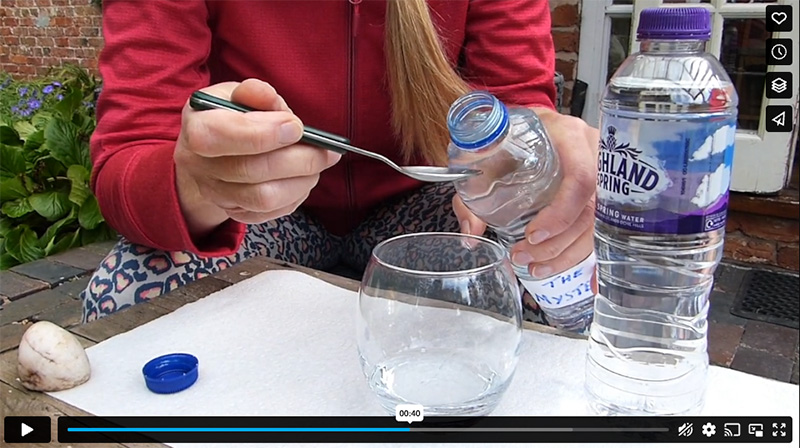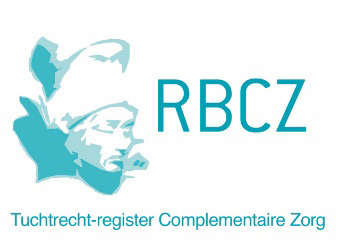The Netherlands is a delta and therefore an extremely flat country, without mountains or rocky formations. Nevertheless, megalithic structures composed of huge boulders can be found in the north-eastern provinces. Their origin remained a mystery, until scientists discovered that during the ice age, around 150.000 years ago, a thick icecap had moved over these provinces and pushed everything it encountered, including giant boulders, southwards. Indeed, detailed research of these standing stones revealed that they originate from Denmark, Norway, Sweden and Finland.
The mediaeval inhabitants of the north-eastern Dutch provinces believed that the ‘rock heaps’ were built by giants, who else could have moved boulders bigger than people? Hence, they gave these megalithic structures the name ‘hunebedden’, a combination of the words ‘beds’ and ‘hunen’. The word bed is the same in English, and hunen or ‘huynen’ meant giant in those days (and is not related to the horse-riding nomads the Huns). The word bed in this occasion refers to a grave. So, in a nutshell, the hunebedden are megalithic graves for burying the deceased. These graves were for multiple people, however, not everyone within these cultures was given such an impressive last resting place.
Similar megalithic structures are found in Germany, Denmark and Scandinavia. A variety of the hunebedden, dolmen in English (usually single chamber megalithic tombs with an entrance at the short side), can be found in other nearby countries such as Belgium, France and the United Kingdom. These should not be confused with menhirs, which are standing stones dating from the European middle Bronze Age, and had astronomic and/or religious functions.
Only 54 hunebedden left
According to the ‘hunebed centre’ (Hunebedcentrum) located in Borger, The Netherlands counts 54 hunebedden. There are traces of others at more than thirty other places, but here the large capstones themselves have disappeared.
The Dutch hunebedden were built by the first farmers of northern Europe around 3,400 to 3,100 BCE. Their culture is named funnelbeaker culture, after the shape of the ceramic beakers that were found in the graves – sometimes together with stone axes, flint stone arrowheads, and amber jewellery.
An extensive fortification of smaller stones called the cairn, lay over the top of the large capstones, covered in turn by earth and gravel, to complete the grave. Complete versions of these burial mounds can still be found in Scotland and France, for example. In The Netherlands, the smaller stones have been reused for roads, buildings and dikes and the same fate often faced the larger boulders.
In order to safeguard the fate of these hunebedden, they were bought by the Dutch government in the second half of the 19th century and classified as historical monuments. By 1870, most of them were owned by the state and the province of Drenthe. The new owners set to work with the best of intentions, restoring the acquired heritage. Sadly, it did not go well. The restorers lacked archaeological knowledge and in some cases for example, the hunebedden were stripped of their original cover mounds, under the watchful eye of the Drenthe governor, as it was thought that they had been created by dune formation.
I rapidly realised why it was for free
These days, you can find megalithic boulders or boulder parts of all sizes as ornaments in people’s gardens in the provinces of Groningen and Drenthe. One was even offered for free online. I thought it would look great in my little garden, as the size was reasonable (60 x 40 x 45 centimetre: 23.6 x 15.7 x 17.7 inches). I contacted the owner and rapidly realised why it was free, it was too heavy to move without a machine! Silly me.
I went to the province of Drenthe in the summer of 2021, for a break and to reconnect with the land of my ancestors and visited some hunebedden in the area. One morning, I felt the one named ‘D43’ (D standing for Drenthe and 43 being its number) was calling. D43 is the only ‘long grave’ in the country. It consists of two relatively small hunebedden, surrounded by fifty-three boulders which form an oval enclosing. The whole area covers more than forty metres (131 feet) long and seven metres (23 feet) wide.
D43 was undisturbed until 1869, farmers threw their waste there and it was overgrown. A year later it was purchased by the State of the Netherlands, and the boulders were discovered and excavated during the rubbish and bush removal. In 1878, two worried English archaeologists visited the site and registered that most of the original capstones had been displaced and that the burial chambers were excavated and emptied. Also, in an attempt to restore the oval of the surrounding fifty-three boulders and the original sense of enclosure it had had when still in a mound, the spaces between them were refilled in the 20th century with small boulders, this time with the addition of modern concrete.
Even though the D43 grave site was defamed in countless ways, the place has continued to hold its ancient power. When I arrive, magic happens. The group of people that was already there leave as if guided away, and I have the place to myself for at least half an hour.
As I honour the site and give thanks, I am taken into a deep inner space of primordial silence. It is as if my system is brought back to the prehistoric days of purity, simplicity and spirituality. Nothing matters but the connection with nature, with The All.
The boulders invite me to enter their oval, and I visit the two hunebedden within. The connection is strong, and I wonder if maybe I have been here before, in a previous life. Was I buried here? Who knows… I sense an embrace of love from all around me – love from the stones, love from the ancestors, love from the Universe, primordial love. My inner silence becomes utter peace.
The omnipresent Divine Mother becomes tangible
In prehistoric societies, the Divine Mother was honoured and respected and the connection with Her was tangible. This is what I too experience at the site of D43. The omnipresent Divine Mother becomes tangible. I sense her comforting embrace intensify, permeating my cells, and my heart grounds fully into her.
In this state of love I walk around the oval one more time. I admire the boulder’s salmon colour which now and then peeps through their weathered appearance. How I would love to clean all the boulders in The Netherlands and return them to their original colour. How stunning the hunebedden must have looked in the Middle Ages, a splash of salmon against the landscape which in those days was one immense field of heather.
Halfway round the oval, I was brought to a halt at the main stone at the south end. As I connect with it and realise that it could easily hold three of me it is so huge, I am, in my heart, offered an essence vibration for healing and becoming whole.
Once back at the northern end, I hear footsteps and human voices approaching. My sacred visit is thus over, it is time to leave. I would have preferred to stay here forever, at one with the boulders, the ancestors and the Divine Mother.
Way back to your very first primordial mother
D43’s essence vibration is a powerful one. It undoes your heart chakra from emotional pains that you inherited from previous generations, way back to your very first primordial mother.
It focuses in particular, on the mourning around unmanifest potential – not only of your ancestors, but also within yourself as you carry a lot of their patterning. The built up of this mourning is immense and can be about anything. You might not be aware of the emotional pains as a lot of it resides in your subconscious.
- D43 heals the inherited grief of your ancestors who were unable to fulfil their dreams for whatever reasons that may be. In other words, D43 heals ancestral grief around not being able to manifest talents and potential, e.g. because your forefathers or foremothers were hostage of their societal system.
- D43 heals grief for the immense amounts of missed and lost opportunities for love, for connection, for trust, for true intimacy, for bonding, for being real with people.
- D43 unchains your heart from the repressed love/ creativity/ potential of the past in your ancestors and yourself.
- D43 connects your Heart Chakra to a new and greater extent with the Divine Mother, (the Womb of Creation).
- D43 connects your heart with the ancient, supportive wisdom that your prehistoric ancestors carried and which stems from the Divine Mother.
- D43 brings love, balance and harmony.
Click here for a 3.5 minute video experience of this hunebed.
With my heartfelt love,
Harriët







